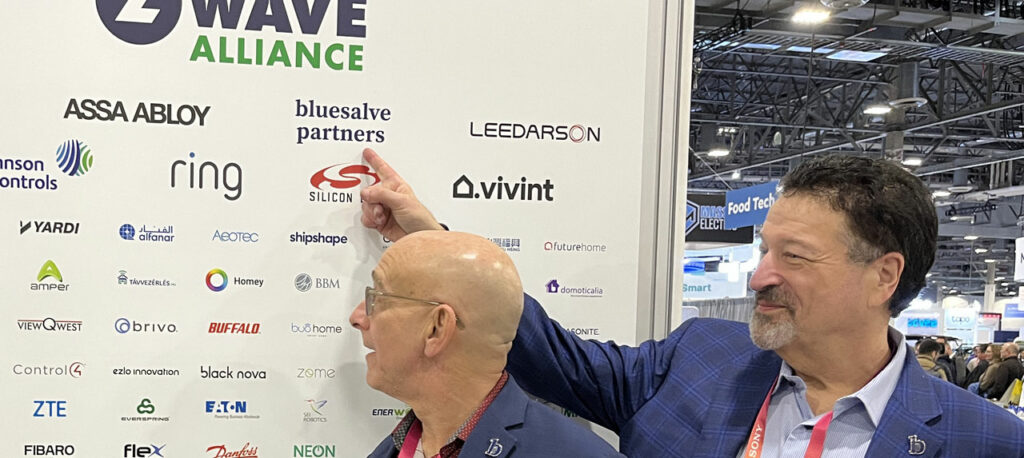
What (I Hope) We Learned About the Future at CES 2023
Ended soon
I have long maintained that one should never underestimate the power of a random encounter in a trade show aisle. Humans are wired for interaction, and it was great to be back at a live show with a big crowd to experience the universe of consumer technology.
Following 2021’s interruption and last year’s sparsely attended (but valuable) show, CES was back in force this year, with attendance at 115,000+, over 3,000 exhibitors across 24 technology categories and more linear feet of booth space than any human can truly scale. With the qualifier that I saw as much as I could but obviously didn’t see it all, I’d like to share some short general reflections from my experience at #CES2023.
The world is not flat, the world is not round, the world is an arena
The concept of a “flat” world, where the competitive playing fields between industrial and emerging markets are leveling, and built around a global supply chain focused on forecasts and just-in-time delivery, now seems quaint. The world is an arena with innovation and competition coming at us from across the globe and many nations, often supported and nurtured by local and national governments.
As I explored CES2023, I realized that the geopolitical landscape, as well as the re-thinking of supply chain management, the shifts to nearshoring and on-shoring, and the need for more tech talent – all are accelerating change, but at the same time will require long-term strategy. While I see the CHIPS and Science Acts as useful steps, I feel that if we want to ensure U.S. leadership in technology and innovation, we need an industrial policy where that goal needs to be the first of many decisions with long-term implications.
We are going to live forever, and that’s what could kill us
We are far from a seamless ecosystem of healthcare devices with a seamless interface to medical care. But personal health AI, real-time body data and diagnostic app innovations are emerging to take us down that path. There are unprecedented innovations in digital health and wellness, here today or coming soon, that will bring us longer, more active, more comfortable lives. But longer lives mean more consumption and waste in a world of finite resources. Thankfully, there are parallel innovations in sustainable, efficient, yield-enhancing agricultural technology and robotics that will hopefully keep us fed, as well as energy and conservation/generation innovations that will hopefully help keep us productive.
Sustainability, eco-design, energy creation and energy savings are hot
OK, the demo that showed me how to get electricity from a loaf of bread or a glass of wine might have been more appropriate for a middle-school science fair. But it also made clear that there is a lot of research into alternative energy sources. As we transition from internal combustion engines to electricity, and continue to churn out devices and sensors that eat batteries, this is becoming an acute need. If you’ve read this far, you owe it to yourself to check out the energy harvesting technology from WePower, because it is a potential game changer.
Virtual expos are powerful and have their place, but chemistry and engagement aren’t easily replicated online. Going forward, I think all major shows will be hybrid with an underlying digital platform, and CES was an excellent example. I’ve enjoyed going back online and viewing the keynotes and panels that I missed while working the show. But there’s no substitute for the in-person experience.
# # #

David Kaplan was the recipient of the 2019 CTA TechHome Leadership Award. His work at the executive level has involved the complete commercial cycles of the high technology industry with a focus on audio technology and channels, including expertise in purchasing, merchandising, and new product introduction.
